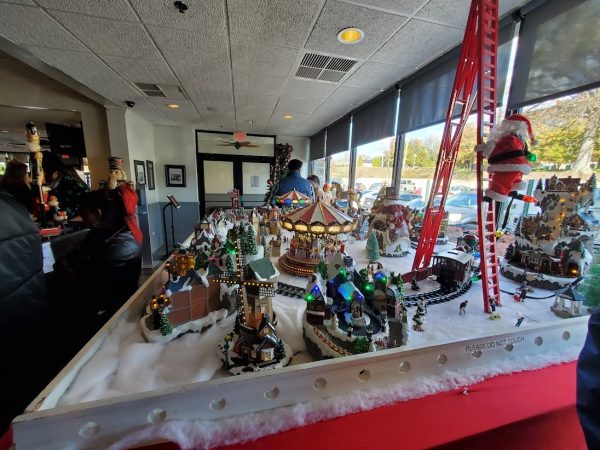
It’s fascinating to me how concepts far from our daily experience can help us understand our world. Far out in the galaxy, many planets like Earth orbit far closer to their suns, and can become tidally locked – always facing their parent star, the way that the Moon always faces the Earth.
As you might imagine, the light side gets hot, and the dark side gets cold. But what isn’t clear is that the atmospheres of such planets are bistable – there are two different conditions many of these planets can exist in, even traveling at the same distance away from their parent stars.
If the atmosphere is hot enough, then greenhouse gases trap heat at the surface, sustaining the atmosphere so it can warm the night side through convection. But if the night side ever gets cold enough, the greenhouse gases can freeze out into ice deposits, which act as a cold trap.
As greenhouse gases disappear from the atmosphere, the atmosphere loses its ability to retain heat, and the night side gets colder and colder, harvesting more and more of the atmosphere to the cold trap. Eventually most of the atmosphere freezes on the night side, creating an ice cap.
Either of those states – a hot greenhouse world with a thick atmosphere, or a hot light side world with a thick frozen ice cap on the dark side – is stable enough on its own. An active greenhouse world stays hot, and an ice cap world stays nearly airless. But the transition from greenhouse to ice cap is a vicious cycle.
So many things in our world are like these cold traps: we don’t always see good things when we have them, and once the runaway process is started, it’s hard to stop.
Belief is one such thing: an open mind can interrogate itself, but once an ideology starts to take us over, it actively attacks conflicting information, until we’re left with nothing but a thick crust of conspiracy theories.
Where’s your cold trap? It may feel something like a blind spot.
-the Centaur